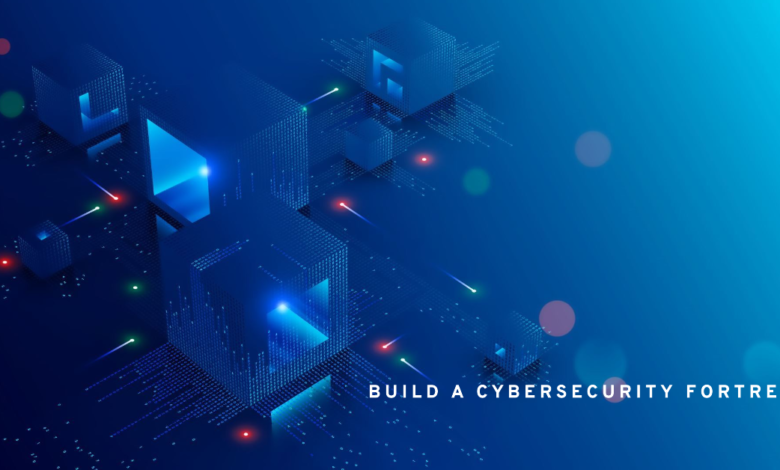How to Build an Impregnable Company-Wide Cybersecurity Defense | by Cyber Safe Institute | Apr, 2024

In the relentless storm of cyberattacks, Chief Information Security Officers (CISOs) are the resolute guardians, responsible for fortifying their organizations against ever-evolving threats. Breaches can inflict devastating financial losses, erode consumer trust, and cripple operations. The relentless pressure to build an impenetrable defense necessitates a strategic and holistic approach. This article explores actionable insights for CISOs to construct a fortress-like cybersecurity posture that safeguards every corner of the company.
Breaches can inflict devastating financial losses, erode consumer trust, and cripple operations.
The foundation of any strong defense is a robust cybersecurity framework. Frameworks like NIST Cybersecurity Framework (CSF) or MITRE ATT&CK offer a structured approach to identifying, protecting against, detecting, responding to, and recovering from cyberattacks (National Institute of Standards and Technology (NIST, 2023; MITRE ATT&CK, 2024). These frameworks provide a standardized roadmap for CISOs to prioritize security controls, measure effectiveness, and continuously improve their security posture.
Beyond the framework, a layered security approach strengthens the overall defense. Imagine a medieval castle — the outer wall acts as the first line of defense, followed by moats, drawbridges, and a heavily fortified inner keep. CISOs can emulate this by implementing firewalls, intrusion detection/prevention systems (IDS/IPS), and data encryption as the outer walls. Network segmentation acts as the moat, isolating critical systems and hindering lateral movement by attackers. Multi-factor authentication (MFA) serves as the drawbridge, adding an extra layer of security before granting access. Finally, a robust incident response plan serves as the inner keep, enabling rapid containment, eradication, and recovery in the event of a breach (ISO, 2022).
The human element remains a critical yet often underestimated factor. Employees are the frontline soldiers in the cybersecurity battle. Fostering a culture of security awareness empowers employees to identify and report suspicious activity. Engaging security awareness training programs that go beyond lectures and embrace real-world scenarios and simulations are essential for behavior change (CIS, 2024). Regular phishing simulations can further test employee preparedness and identify areas for improvement.
Technology is a powerful weapon in the CISO’s arsenal, but without a skilled security team, its effectiveness diminishes. Investing in building a high-performing security team is paramount. This includes attracting top talent by offering competitive salaries, fostering a culture of continuous learning, and providing opportunities for professional development (PwC, 2024). Cultivating a diverse and inclusive security team environment leverages a wider range of perspectives and experiences, leading to more robust security solutions (McKinsey, 2020).
The security landscape is constantly evolving, demanding continuous vigilance and adaptation. Threat intelligence plays a vital role in staying ahead of the curve. CISOs should leverage threat intelligence feeds, collaborate with industry peers, and maintain open communication channels with law enforcement agencies to gain insights into emerging threats and adjust their defenses accordingly (CISA, 2023).
Building an impenetrable company-wide defense is not a sprint; it is a marathon. By implementing a robust cybersecurity framework, adopting a layered security approach, empowering employees, building a skilled team, leveraging threat intelligence, and fostering a culture of continuous improvement, CISOs can transform their organizations into fortresses of cybersecurity, weathering the fiercest cyberattacks and safeguarding sensitive data, brand reputation, and financial well-being.
[1] Center for Internet Security (CIS). (2024). Security awareness and skills training.
[2] Cybersecurity & Infrastructure Security Agency (CISA). (2023). Threat intelligence.
[3] International Organization for Standardization (ISO). (2022). ISO 27001:2013 — Information security management systems.
[4] MITRE ATT&CK. (2024). ATT&CK knowledge base.
[5] National Institute of Standards and Technology (NIST). (2023). Cybersecurity framework.
[6] PwC. (2024). Global digital trust insights.
[7] McKinsey & Company. (2020). Diversity matters: Even more the case for holistic impact.



